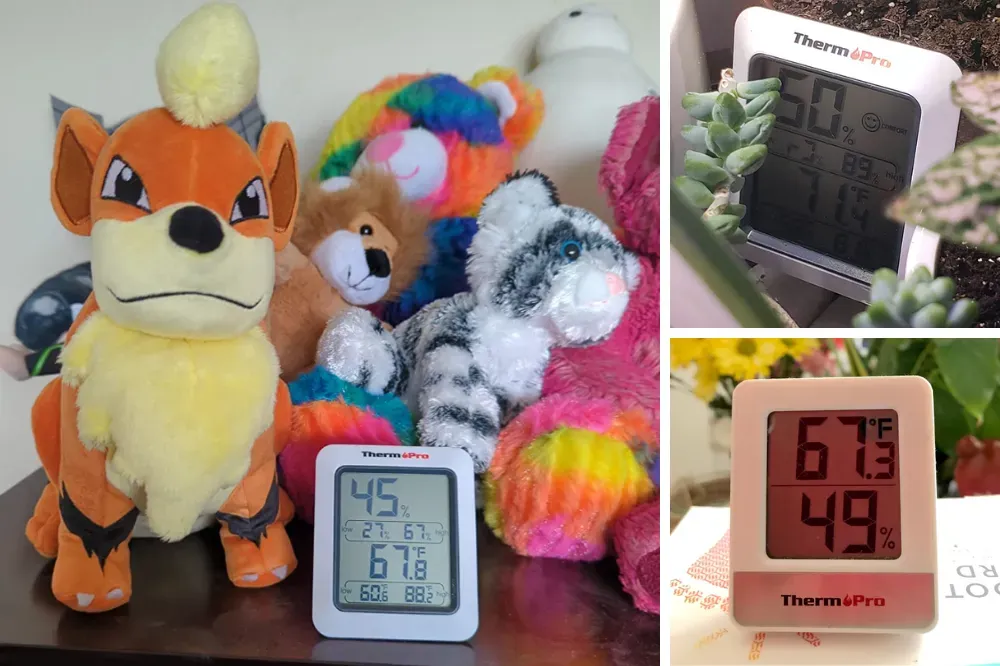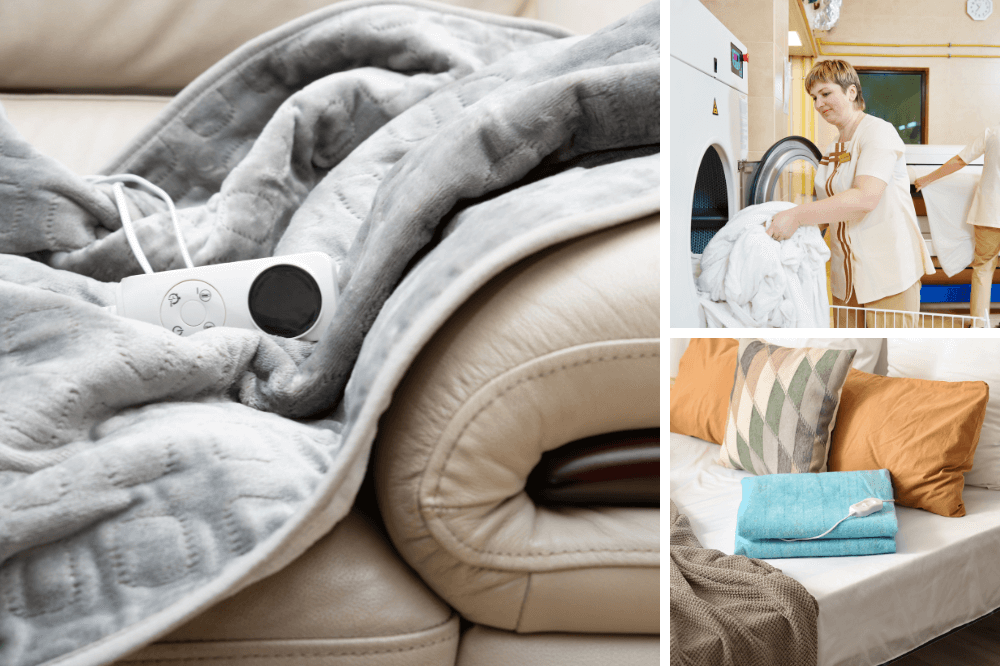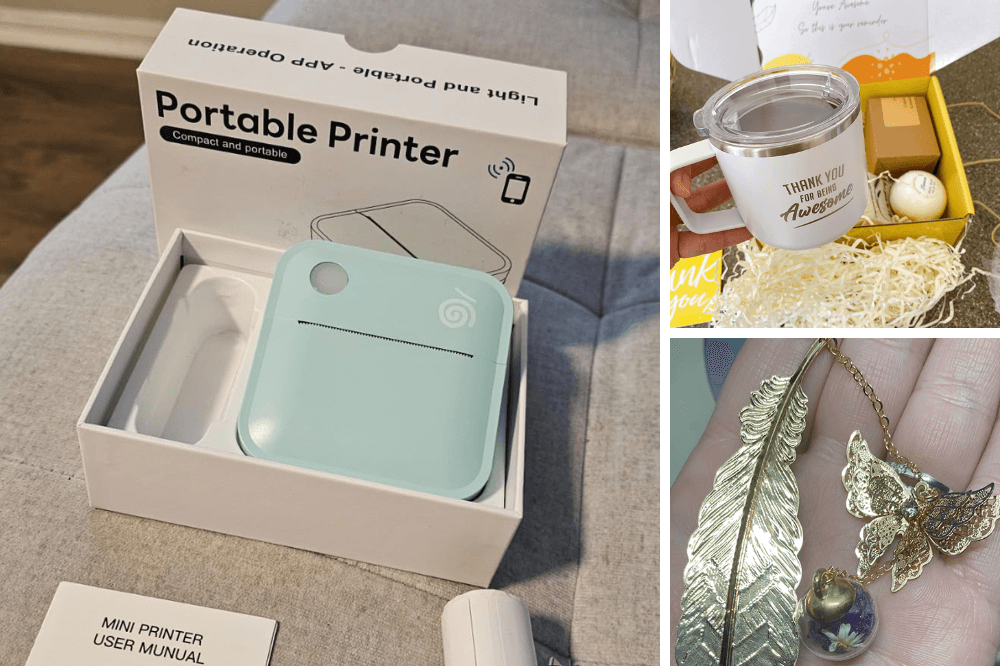Key Takeaways:
- Optimal Placement: Discover the best locations in a room for accurate temperature readings.
- Avoiding Errors: Learn how to avoid common mistakes that can lead to inaccurate temperature data.
- Practical Tips: Gain practical advice for placing different types of thermometers for various purposes.
Temperature monitoring is a fundamental aspect of maintaining a comfortable and safe indoor environment. Whether you're looking to ensure the efficiency of your heating and cooling systems or you're simply curious about the ambient temperature, knowing where to place a thermometer in a room is crucial for obtaining precise temperature readings. This article will guide you through the best practices for thermometer placement, helping you to measure temperatures accurately and effectively.
Understanding the Importance of Proper Thermometer Placement
The placement of a thermometer can significantly affect its ability to measure the actual temperature of a room. Most thermometers are designed to read the air temperature, which can be influenced by various factors, including direct sunlight, heat sources, and air circulation. For example, if a thermometer is placed near a window exposed to direct sunlight, it may register a higher temperature than the actual room temperature.
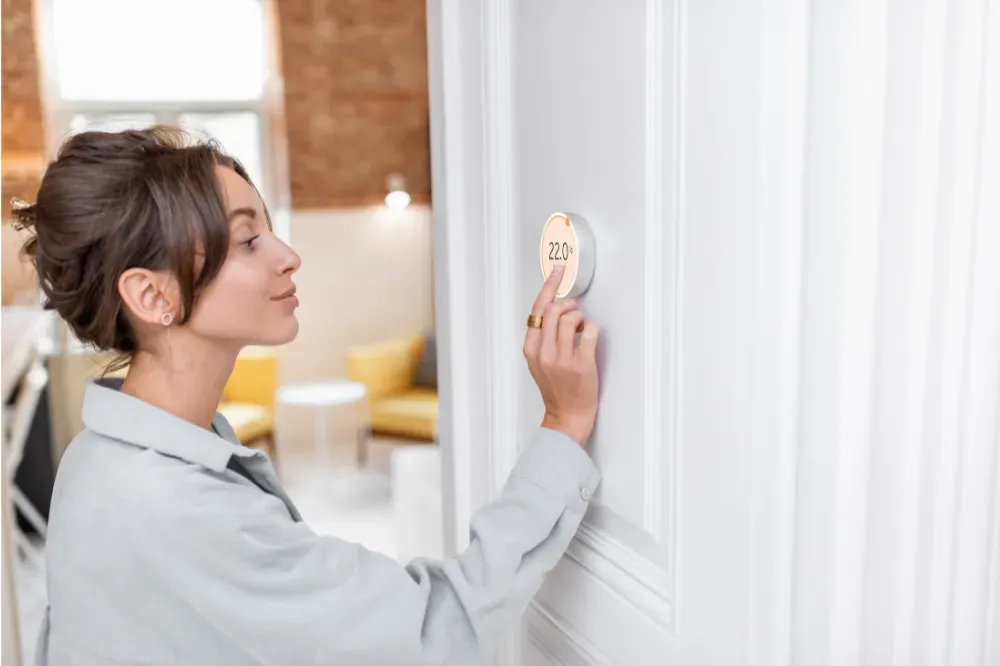
On the other hand, if it is placed near a heat source like a radiator, it may provide a higher reading than the true room temperature. Similarly, poor air circulation can lead to localized temperature variations, causing inaccurate readings. To achieve the most accurate temperature measurements, it's essential to understand the dynamics of your indoor environment and how these factors can impact the temperature data recorded by the thermometer.
By considering these considerations, you can ensure that the temperature readings obtained are reliable and representative of the true room temperature.
Identifying the Best Locations for Thermometers
When considering where a thermometer should be placed in a room, it's important to consider factors that can affect its accuracy. Avoiding areas that are prone to temperature fluctuations is crucial for obtaining reliable readings. For instance, direct sunlight can cause the thermometer to register higher temperatures due to radiant heat.
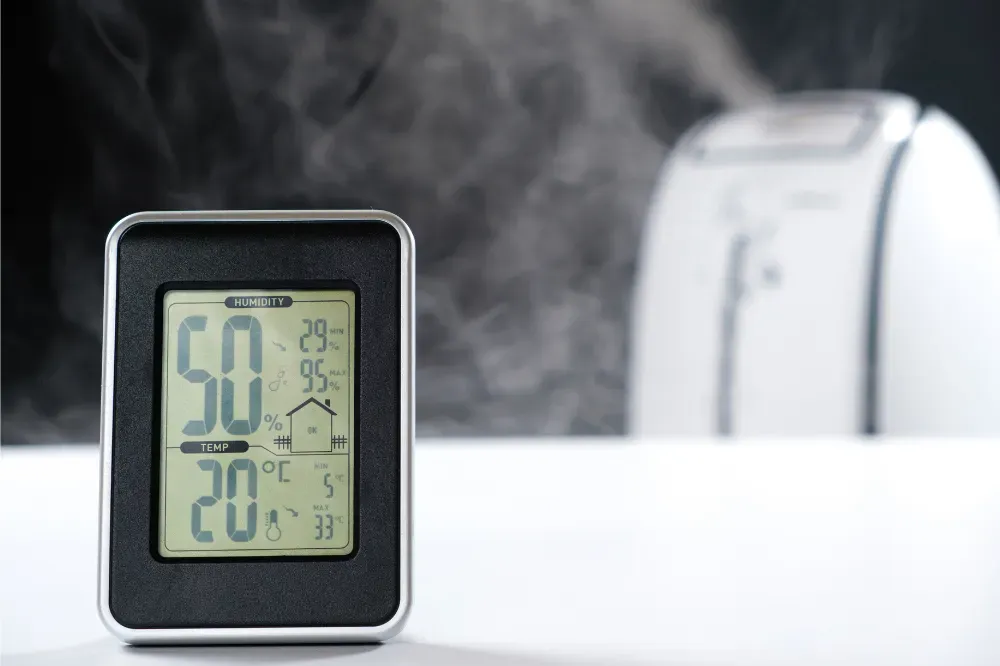
Placing the thermometer near heat sources such as radiators, ovens, or electronic devices can result in higher readings that don't accurately reflect the room's ambient temperature. By being mindful of these considerations and choosing an appropriate location, you can ensure that the thermometer provides accurate and useful temperature measurements.
Avoiding Common Mistakes
One of the most common errors in thermometer placement is positioning the device near windows or doors. These areas can introduce drafts and cold spots, leading to inaccurate readings. It's important to note that the temperature near windows and doors may fluctuate due to external factors such as wind or sunlight exposure.
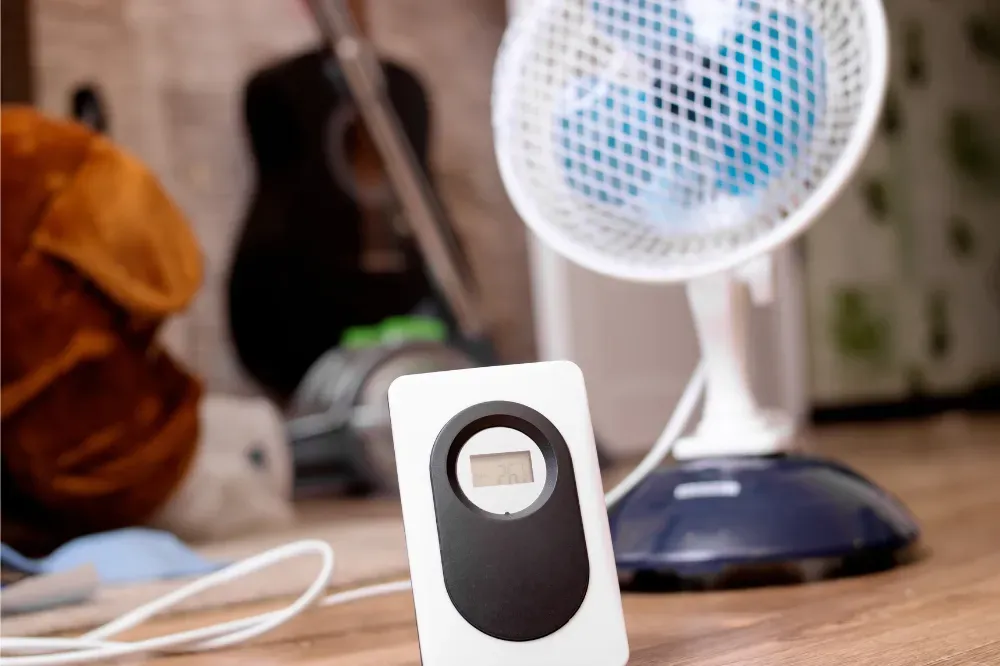
Avoid placing thermometers near air vents, as the air temperature here can differ from the rest of the room due to heating or cooling systems. You can ensure more accurate temperature measurements by being mindful of these factors and selecting optimal thermometer placement.
Considering the Type of Thermometer
Different types of thermometers, including digital thermometers, glass thermometers, and bimetallic thermometers, may come with specific recommendations for proper placement. For instance, digital thermometers with a digital display are particularly sensitive to electrical interference from nearby devices, so it is advisable to position them away from such sources to ensure accurate readings.
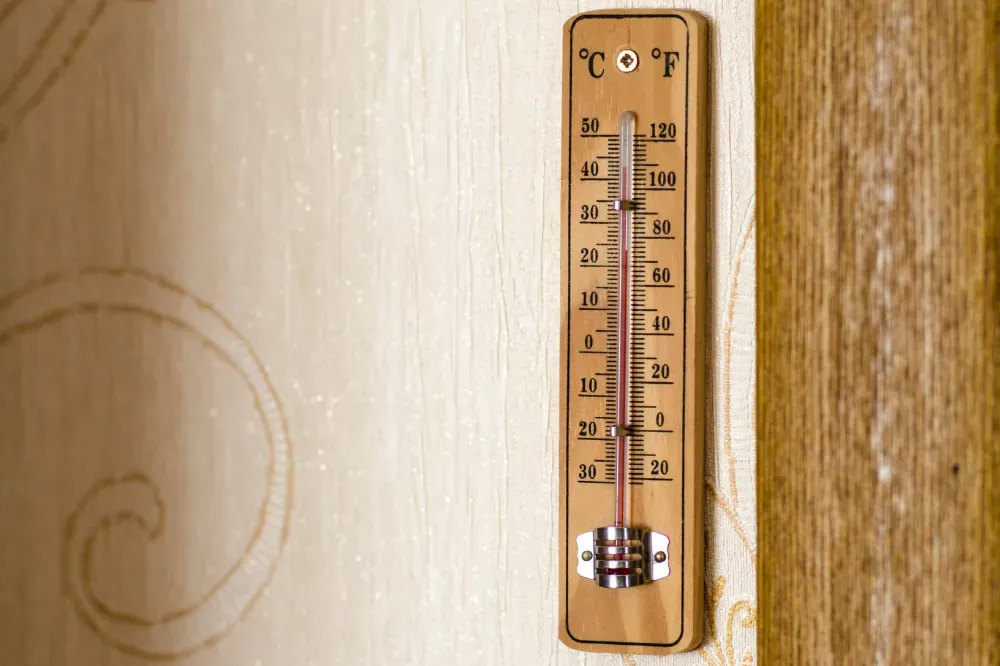
Glass thermometers should be placed in a location where they can be effortlessly read without being influenced by external factors, such as drafts or direct sunlight. Taking these factors into consideration when placing thermometers can contribute to more reliable and precise temperature measurements.
The Role of Air Circulation
Good air circulation is crucial for obtaining accurate temperature measurements. When the air becomes stagnant, it can create localized microclimates within a room, resulting in misleading temperature data. To mitigate this issue, it is advisable to strategically position thermometers in areas where there is a gentle and consistent flow of air. By doing so, you can ensure that the measured temperature reflects the overall climate of the entire room, providing a more reliable and representative reading.
The Significance of Humidity in Temperature Measurement
When discussing the placement and use of indoor thermometers, it's crucial to consider not just the temperature sensor itself, but also the humidity levels in the room. Humidity can affect how we perceive the temperature, often making it feel warmer than it actually is when the moisture content in the air is high. For an accurate temperature reading that reflects how the room's climate feels, it's best to use a digital thermometer that also measures humidity. This dual-function device can provide a more comprehensive understanding of your indoor environment, ensuring that your air conditioner settings are adjusted for both temperature and comfort.
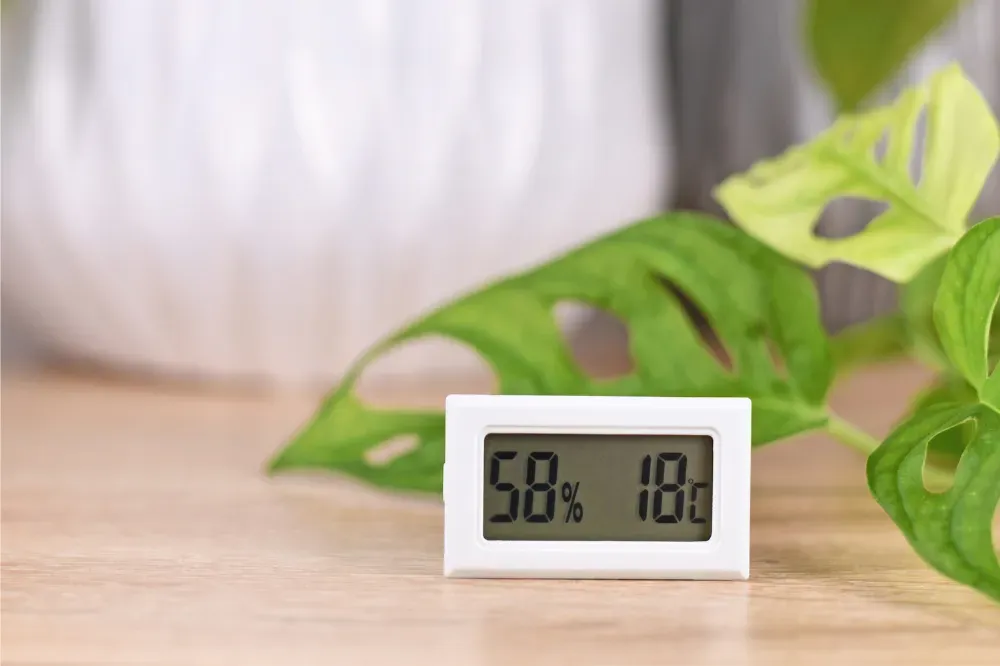
Moreover, humidity levels can impact the performance of temperature sensors. High humidity can lead to condensation, which might affect the sensor's ability to provide accurate results. When measuring temperature, it's advisable to look for the best indoor thermometer that offers both temperature and humidity readings. This way, you can ensure that the readings you're getting are not only accurate in degrees Celsius or Fahrenheit but also account for the additional warmth that humidity brings. By monitoring these two factors together, you can maintain a comfortable and healthy indoor climate.
The Advantages of Using an Outdoor Thermometer
While the focus is often on indoor thermometers, an outdoor thermometer can be a valuable tool for achieving an accurate temperature reading inside your home. By comparing the readings from an outdoor thermometer with your indoor temperature sensor, you can make more informed decisions about heating and cooling. For instance, knowing the temperature difference between the inside and outside of your home can help you optimize your air conditioner usage, potentially saving on energy costs and maintaining the best way to keep your home comfortable.
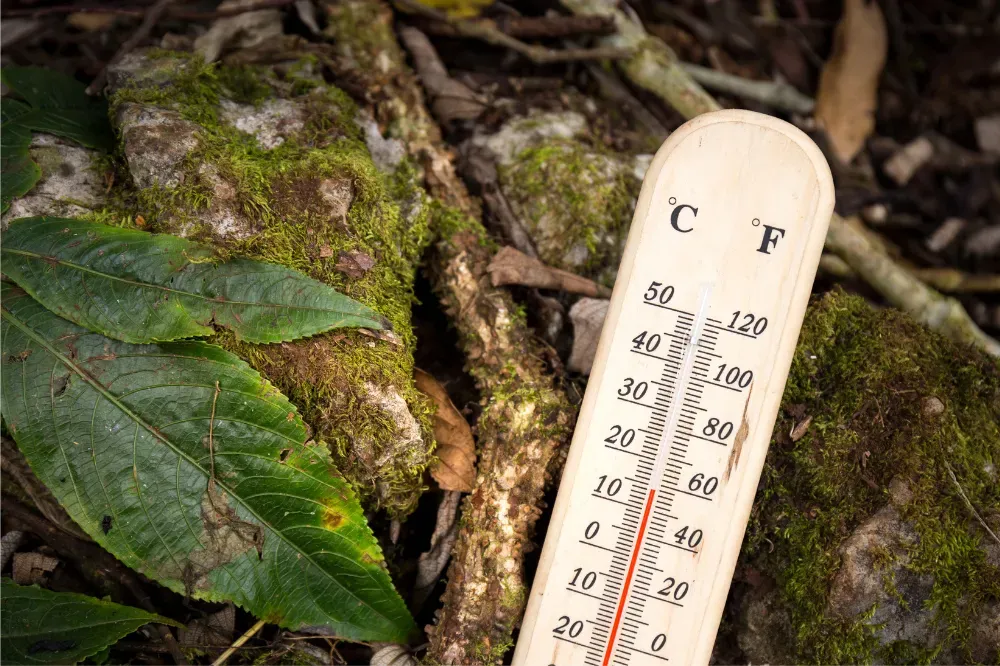
Furthermore, an outdoor thermometer can serve as a benchmark for your indoor thermometers. If you notice a significant discrepancy between the indoor and outdoor readings, it may indicate that your indoor temperature sensor needs recalibration or replacement for accurate results. A digital thermometer placed outside, shielded from direct sunlight and precipitation, can provide you with the most accurate outdoor temperature readings. By monitoring indoor and outdoor temperatures, you can better understand how external factors like weather changes impact your indoor environment.
Height Matters
When it comes to obtaining accurate readings, it's important to consider the height at which a thermometer is placed. To ensure the most reliable measurements, experts typically recommend positioning thermometers at about chest level, which is approximately 4 to 6 feet off the ground. This particular range is considered optimal because it aligns with the level at which people generally experience the temperature of a room. By placing the thermometer at this height, you can gather more relevant and precise data, allowing for a comprehensive understanding of the environment's temperature dynamics.
Special Considerations for Different Rooms
The function and purpose of a room play a crucial role in determining the best place for a thermometer. For instance, in living rooms, it is advisable to avoid placing thermometers above fireplaces or near entertainment systems, as these can generate heat and affect the accuracy of the readings.

Similarly, in kitchens, it is recommended to keep thermometers away from the stove and refrigerator, as these appliances can emit heat or cold that may interfere with the thermometer's measurements. Bathrooms require even more careful placement, as excessive humidity can impact the accuracy of the readings, so it's important to choose a location that minimizes exposure to steam or moisture.
Lastly, in bedrooms, it is advisable to place thermometers away from bedding or drapery, ensuring that they are not influenced by any localized temperature changes. By considering these details, you can ensure that your thermometer provides accurate readings and helps you maintain a comfortable environment in every room of your home.
Monitoring Multiple Points
For larger or multi-room systems, it's often highly beneficial to monitor temperature at multiple points throughout the space. This detailed approach can help identify any significant difference in temperature from one area to another, providing invaluable insights for precise control of heating and cooling systems. By effectively managing temperature variations, energy-saving measures can be implemented to optimize efficiency and reduce overall energy consumption, resulting in long-term cost savings and environmental benefits.
The Impact of External Factors
External factors, such as weather conditions, barometric pressure, and outdoor temperatures, can influence indoor temperature readings. To mitigate their impact and ensure accurate measurements, it is recommended to position thermometers away from exterior walls and windows. These structural elements can inadvertently transmit outside temperatures into the indoor space, leading to inaccurate readings. By taking this precautionary measure, you can obtain more reliable and precise temperature data for your indoor environment.
Using Technology to Your Advantage
Smart devices like smart thermostats and remote thermometer systems have revolutionized temperature monitoring. Gone are the days of manual checks; now, you can easily keep track of temperature changes. These innovative devices come equipped with small, discreet sensors that can be strategically placed around a room. The sensors gather precise data and seamlessly transmit it directly to your smartphone or home office system. With this advanced technology, you can enjoy the utmost convenience and unparalleled accuracy in temperature monitoring.
Summary
Accurate temperature readings are essential for maintaining a comfortable and efficient indoor environment. By understanding the factors that affect temperature data and following the guidelines for proper thermometer placement, you can ensure that your temperature sensors provide reliable and precise temperature readings. Remember to consider the type of thermometer, avoid direct sunlight and heat sources, ensure good air circulation, and take into account the specific needs of each room.
FAQ Section
Q: What is the most important factor to consider when placing a thermometer in a room? A: The most important factor is to place the thermometer in a location that reflects the room's average air temperature, away from direct heat sources, direct sunlight, and drafts that can cause inaccurate readings.
Q: Can I use one thermometer to measure temperatures in different rooms? A: While you can move a thermometer to different rooms, for the most accurate readings, it's best to have dedicated thermometers for each room or use a multi-room monitoring system to track temperature variations simultaneously.
Q: How does the height at which a thermometer is placed affect its readings? A: Height can impact readings because warm air rises and cool air settles at the ground level. Placing a thermometer at chest level (around 4 to 6 feet off the floor) provides a reading that is most representative of the temperature experienced by people in the room.
